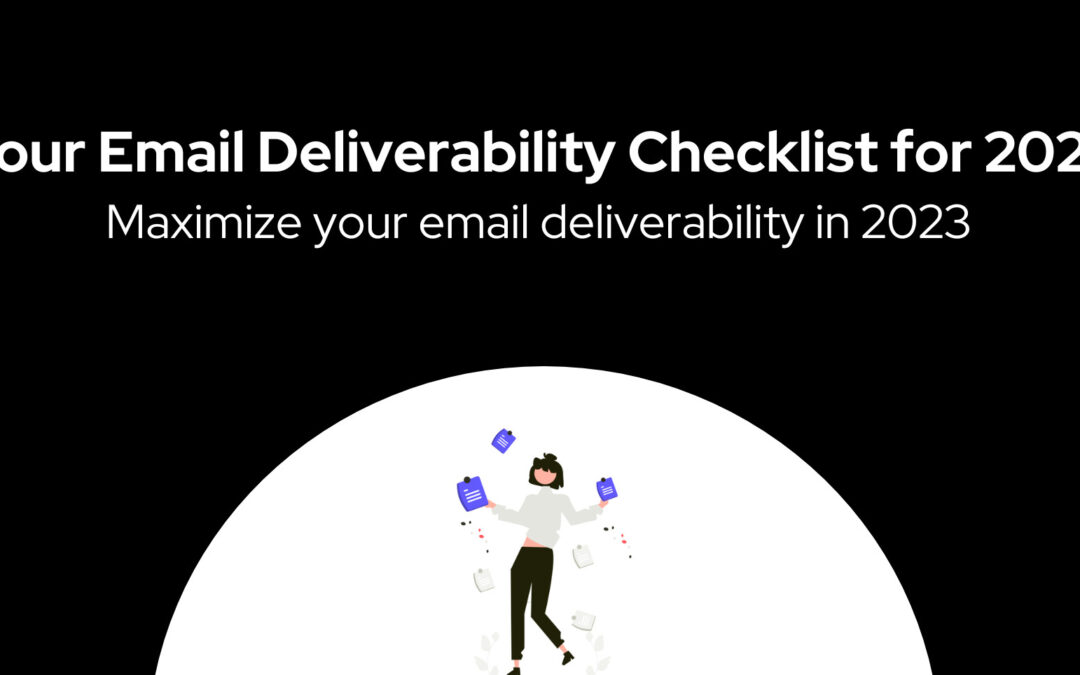Improving the deliverability of emails, especially for high-volume senders, involves several advanced strategies beyond basic practices like ensuring valid SPF, DKIM, and DMARC records. Here are some advanced tips:
- Maintain a Consistent Sending Volume: Sudden spikes or drops in email volume can trigger spam filters. It’s better to maintain a consistent sending volume and gradually increase it over time if needed.
- Use Subdomains for Different Email Types: Segment your email types (transactional, marketing, etc.) by using different subdomains. This helps in isolating reputation issues and provides clearer signals to ISPs about the nature of your emails.
- Monitor Feedback Loops: Sign up for feedback loops with ISPs. This allows you to get reports when recipients mark your emails as spam, so you can remove those addresses from your lists.
- Implement BIMI (Brand Indicators for Message Identification): BIMI allows the display of your brand logo in supported email clients, adding a level of trust and authenticity to your messages.
- Regularly Clean Your Email List: Regularly remove unengaged subscribers and hard bounces. This improves your sender reputation and deliverability.
- Use a Dedicated IP Address: If you’re a high-volume sender, using a dedicated IP address can give you control over your sending reputation.
- Warm Up Your IP Address: When starting with a new IP address, gradually increase the volume of emails sent to build a positive sending reputation.
- Optimize Email Content: Ensure that your email content, including subject lines and body text, does not trigger spam filters. Avoid using too many sales-oriented words, excessive capitalization, and exclamation marks.
- Advanced List Segmentation: Segment your email list based on user engagement, preferences, and behavior. Tailored content to specific segments can lead to better engagement.
- Regular SPF, DKIM, and DMARC Checks: Regularly ensure that your SPF, DKIM, and DMARC records are up-to-date and correctly set up.
- Leverage AI and Machine Learning: Use AI tools to optimize send times, email content, and subject lines for better engagement.
- Monitor Email Blacklists: Regularly check if your IP or domain is on any email blacklists and take corrective actions if necessary.
- Use Email Authentication Protocols: Implement additional email authentication protocols like TLS to secure your email communications.
- A/B Testing: Regularly conduct A/B testing for different elements of your emails to see what works best in terms of open rates and engagement.
- Feedback and Surveys: Encourage feedback from your subscribers to learn more about their preferences and adjust your strategies accordingly.
Remember, improving email deliverability is an ongoing process. It’s crucial to stay updated with the latest email marketing best practices and continuously adapt your strategies.
